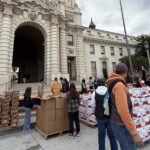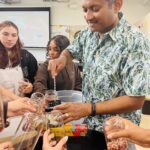As news across the globe pronounced a shortage of protective equipment for critical workers, the Pasadena Educational Foundation turned to its longstanding 3D printing program in Pasadena Unified (PUSD) to focus on solutions.
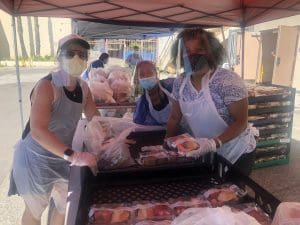 Soon after schools closed and distance learning went into effect, staff collected 18 of the 3D printers from various PUSD schools and brought them all to a new 3D Design Workshop at John Muir High School Early College Magnet, known for its popular Engineering and Environmental Science Academy and innovative 3D printing program.
Soon after schools closed and distance learning went into effect, staff collected 18 of the 3D printers from various PUSD schools and brought them all to a new 3D Design Workshop at John Muir High School Early College Magnet, known for its popular Engineering and Environmental Science Academy and innovative 3D printing program.
Teams are now using the printers to produce protective equipment for food service workers, volunteers, and healthcare workers.
“We are addressing this critical need by producing and distributing useful items like face shields,” shared Monica Lopez, Marketing Director for PEF. The first 3D printed face shields have been distributed to food service workers currently distributing “grab and go” meals for PUSD students and families.
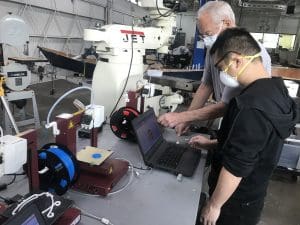 Fast action was possible, since the successful 3D printing program is now more than a decade into its inception. “Years ago, a very generous member of our community had the foresight to envision the benefits that 3D printing technology would bring to students and the world.” Since then, PEF has provided 3D printers to nearly every PUSD school.
Fast action was possible, since the successful 3D printing program is now more than a decade into its inception. “Years ago, a very generous member of our community had the foresight to envision the benefits that 3D printing technology would bring to students and the world.” Since then, PEF has provided 3D printers to nearly every PUSD school.
“While students are learning at home, it’s great to see how the same tools they use in our design labs are now serving a critical need during a crisis,” said Shannon Mumolo, PUSD’s Coordinator of Signature Programs. “It’s important for students to see how the solutions they design each day have important applications outside of the classroom.”
Support Our Response Fund and Help Us Create & Distribute Protective Face Shields for Critical PUSD Workers and Volunteers
Students at Washington STEAM Multilingual Academy have been using 3D printers as part of their STEAM curriculum.
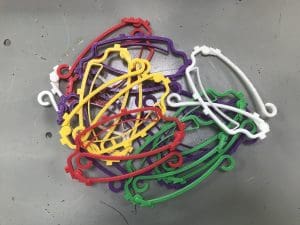 Teacher Jason Trapp, who runs the Design Lab at Washington, supports students in activities like creating projects and objects for the district’s Innovation Exposition. “One of the categories is environmental innovation,” Trapp explained. “And so students have to invent a product that helps the environment, and the majority of the design is built from scratch,” said Trapp.
Teacher Jason Trapp, who runs the Design Lab at Washington, supports students in activities like creating projects and objects for the district’s Innovation Exposition. “One of the categories is environmental innovation,” Trapp explained. “And so students have to invent a product that helps the environment, and the majority of the design is built from scratch,” said Trapp.
Students use an online platform called TinkerCAD, a web-based version of a computer-aided design type program.
The Washington STEAM Design Lab is currently in its second year. Trapp explained, “When I first started helping out in the design lab, students were working on small odds and ends projects like pencil holders. But as the programs evolved over the last two years, students have started to print more complex projects for their project-based learning units.”
Students make models to help them better understand content in all subjects. For example, Trapp’s students made 3D printed models of artifacts while learning about ancient Mesopotamia.
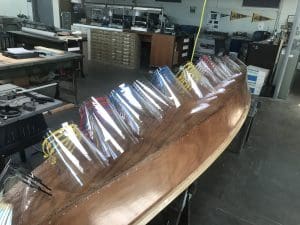 “Essentially,” said Trapp, “it’s an open space where teachers bring their classes in, where they can design products for their content areas. That’s everything from building Roman walls and Roman arches in seventh grade history to different engineering concepts from science class.”
“Essentially,” said Trapp, “it’s an open space where teachers bring their classes in, where they can design products for their content areas. That’s everything from building Roman walls and Roman arches in seventh grade history to different engineering concepts from science class.”
When schools reopen, the 3D printers will be redistributed to school sites, so that students may continue applying creativity and critical thinking to understand the past and to design solutions that meet the needs of the future.
By Eddie Rivera



